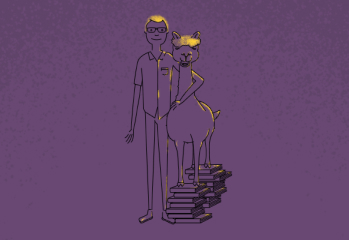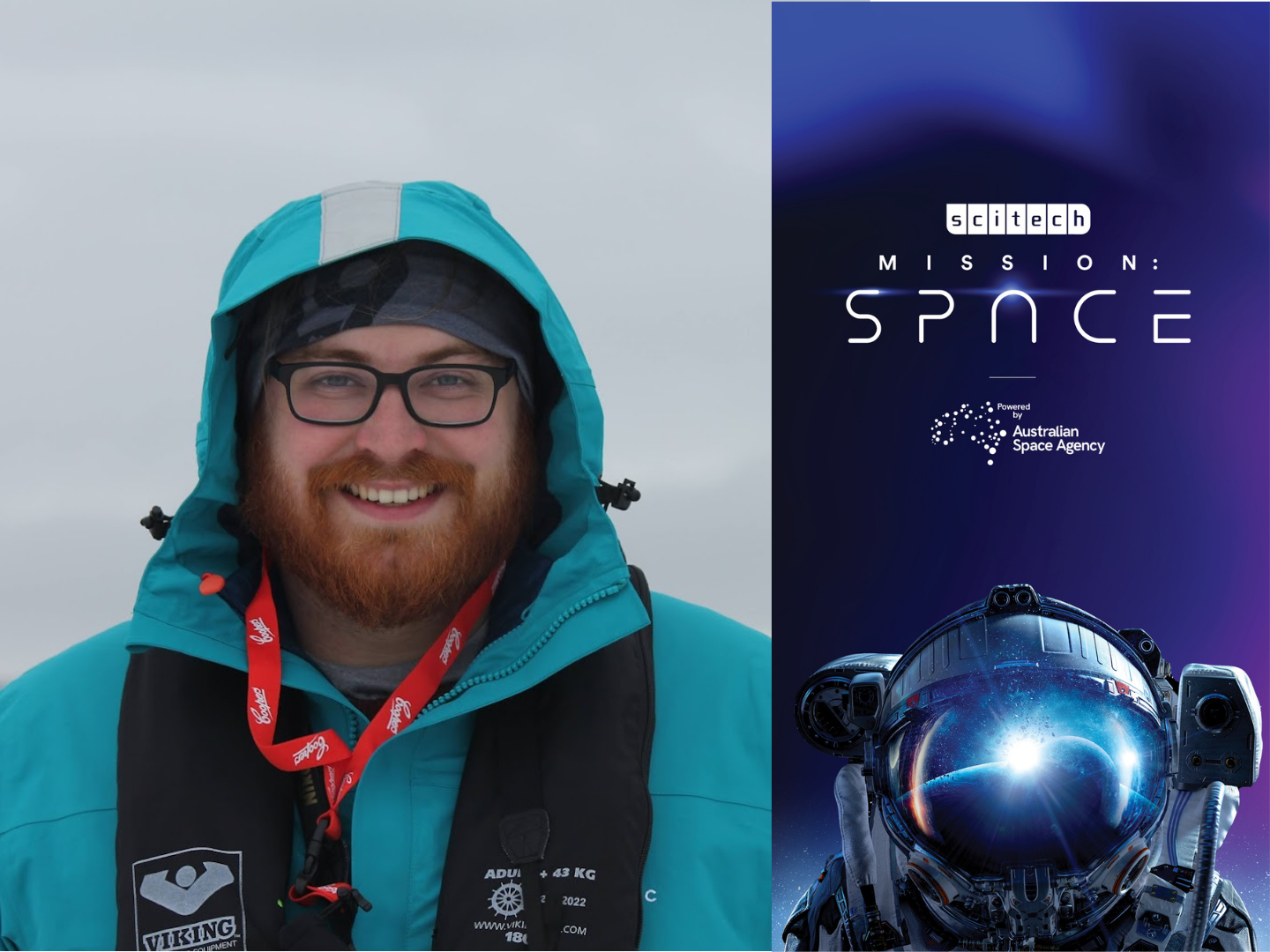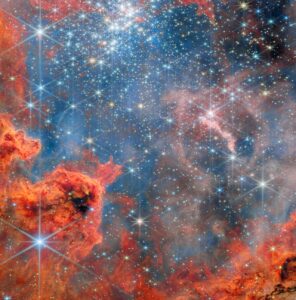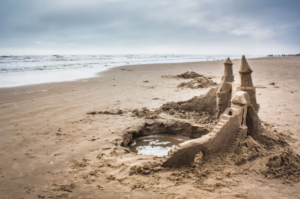Nat Shearer is a space systems engineer at the Australian Space Agency.
“At high school, I was an Air Force Cadet,” says Nat.
“I was very lucky. I learned how to fly when I was in the Cadets, so I got my pilot’s licence.
“I think that was the first step towards space.”
But Nat credits his interest in becoming an engineer to the time he spent building and racing cars with his Dad.
Caption: From the streets to the skies, engineering can take you anywhere – just ask Nat!
Credit: Supplied Nat Shearer
A light bulb moment
Nat studied aerospace engineering and laser physics at university.
“In uni, I came across a mission where they sent out two satellites with a laser between them to measure the distance between the satellites really precisely,” he says.
“As the gravitational field fluctuated, the satellites would move, and so this gave us our best measurement of Earth’s gravitational field.
“That was that light bulb moment where I’m like, oh, space is the thing that I’ve always been wanting to work towards.
After university, Nat worked in defence at Saab, on maritime combat management systems for the Royal Australian Navy, underwater mechanical engineering and even security systems at prisons and buildings, including the Sydney Opera House.
From there, his focus shifted skyward.
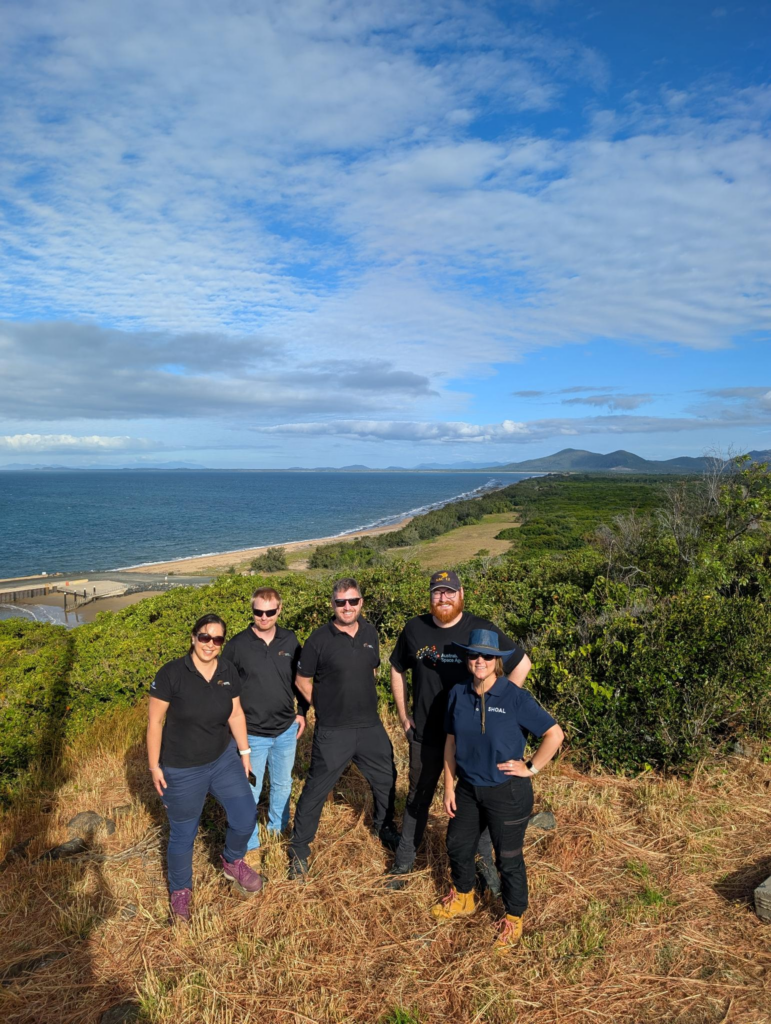
Credit: Supplied Nat Shearer
The current landscape
It is a dream come true for Nat to finally be working in the space industry.
“Last night, famous astronaut Chris Hadfield was in town,” he says.
“He was talking about how our current knowledge is only about 5% of how the universe works.
“Imagine if we knew 10% of what the universe was made up of.”
Factoids like this really scratch the itch for curious minds.
“I work in the civil space monitoring team at the Agency,” says Nat.
“We’re exploring what Australia’s responsibility is for situational awareness, like looking at satellites and what’s happening in space so that we can be a safe and responsible space user.”
That means doing the maths to track countless objects flying through the skies above us.
Caption: The hazy mass of satellites, space junk and debris currently orbiting Earth – what might this look like in 50 years?
Credit: Supplied Nat Shearer
“Even though space is big, there is still the risk of satellites hitting each other,” says Nat.
“You’ve got to understand where they are, what they’re doing. Maybe satellites need to manoeuvre so that they’re not at risk of hitting each other.
“We track the satellites using ground stations – radars that send signals out and bounce off, or telescopes that see their reflections.”
Once Nat and his colleagues have a dataset, they calculate the speed and direction of the space objects.
From there, they can even attempt to divert the trajectories by using onboard jet propulsion systems to subtly nudge them off course.
To infinity and beyond
“It’s an absolutely amazing time to be involved in space now and in the future,” says Nat.
“One of the things I’m most excited for is on-orbit manufacturing.
“There’s stuff that we just can’t make on Earth but we can make in space because the environments are different.
“In the long term, I’m super excited to see what our understanding of gravity evolves into.”
For instance, LIGO is an observatory that uses lasers to measure minute changes in gravitational waves – science that will revolutionise the rapidly evolving space ecosystem.
Caption: Space junk that crashed into a NSW farm in 2019 is now on display at the Australian Space Discovery Centre
Credit: Supplied Nat Shearer
Advice for burgeoning astronomers
Nat’s advice for the next generation of astronomers is that growth is rarely linear.
“You can learn from so many different aspects of your life that I think it’s important to immerse yourself in whatever activity it is and embrace what you’re involved with,” says Nat.
“I did the time in maritime, I did the time at civil security, I did the time in underwater, and all of those were really fulfilling jobs where I learnt a lot.
“Even though it wasn’t the space domain, I still learned so much that is applicable to just being an effective engineer and being an effective researcher.
“It’s important to remember that just because it isn’t space doesn’t mean it isn’t interesting and doesn’t mean it isn’t valuable.”
Nat is involved in the Mission: SPACE program delivered by Scitech and powered by the Australian Space Agency. You can register for this nationwide virtual excursion here.
